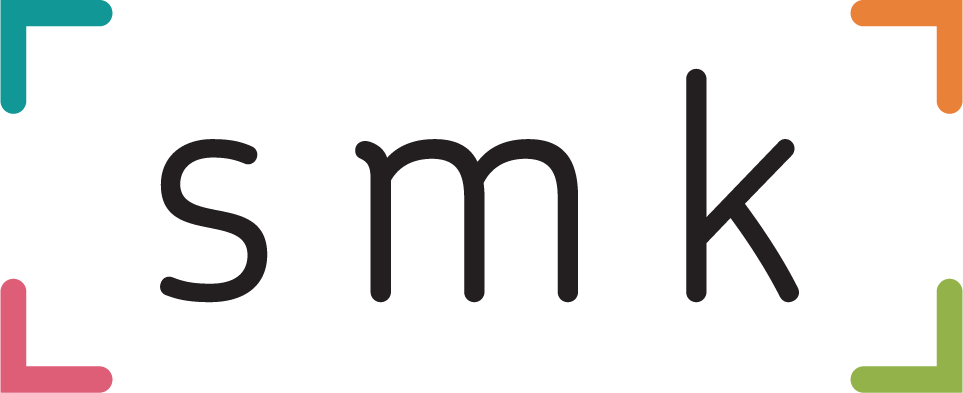Meta is expanding the availability of Opportunity Score in Ads Manager, providing advertisers with a straightforward way to optimise campaign set-up and adopt proven performance recommendations. Now available globally, the tool offers a simple framework to improve efficiency and reduce costs across Meta campaigns.
Opportunity Score provides a 0-100 rating that reflects how well a campaign aligns with Meta’s AI-driven recommendations. A higher score indicates greater optimisation and a higher likelihood of improved performance over time. In Meta’s testing, advertisers that adopted these recommendations saw a 12% median reduction in cost per result.
The recommendations span key areas of campaign management, including creative mix, use of Advantage+ automation, and implementation of tools such as the Meta Pixel. Opportunity Score updates dynamically as marketers implement suggestions or as new recommendations become available.
Designed for Practical Optimisation
Opportunity Score is not intended to replace performance data or serve as a predictive metric. Rather, it is a structured guide that helps advertisers apply best practices consistently across campaigns.
Meta states, “Your score is based on how many Meta Ads Manager recommendations you apply, and those recommendations are ranked based on estimated performance impact.” Recommendations are backed by experimental evidence and prioritised according to their likely contribution to performance gains.
Importantly, Opportunity Score focuses on the quality of campaign set-up, not on live results. Advertisers should continue to monitor core performance indicators and apply their own judgement alongside the tool’s recommendations.
Helping Advertisers Close the Best Practice Gap
Meta developed Opportunity Score in response to consistent advertiser feedback. Many marketers reported that it was difficult to know which best practices to apply, and when, across evolving campaign structures and features.
By embedding recommendations directly in Ads Manager and updating them in near real time, Meta aims to remove guesswork from campaign optimisation. The tool evolves beyond static frameworks such as Performance 5 or Power 5, delivering actionable insights that are tailored to individual accounts.
For advertisers managing large or complex Meta portfolios, this can save time and ensure greater consistency in optimisation efforts.
In Meta’s internal tests, campaigns that implemented Opportunity Score recommendations saw a 12% median reduction in cost per result.
While these results are encouraging, it is worth noting that Opportunity Score recommendations are based on system-wide learnings and may not deliver consistent gains in every campaign or market. Advertisers should continue to monitor outcomes and adjust strategies accordingly.
Integrated With Advantage+ Campaigns
Meta is also bringing Opportunity Score into its streamlined Advantage+ campaign set-up. Advertisers running sales or app promotion campaigns will now start with Advantage+ optimisations fully enabled by default. Manual controls remain available if needed.
Within this set-up, Opportunity Score acts as a live optimisation tool. Advertisers can see at a glance how well their campaigns align with proven best practices and can adopt additional recommendations to refine performance.
Meta reports that advertisers running campaigns fully enabled with Advantage+ optimisations saw a 7% to 9% improvement in cost per acquisition (CPA), on average.
The combined Opportunity Score and Advantage+ experience is now available to all eligible advertisers globally.
What Marketers Should Watch
Opportunity Score supports Meta’s broader push to drive greater adoption of AI-powered tools across its advertising ecosystem. The aim is clear: encourage more marketers to standardise on Advantage+ practices and move towards fully optimised campaign structures.
For senior marketers, Opportunity Score offers a practical mechanism to audit campaigns and improve operational efficiency. The tool is particularly useful for multi-account advertisers and agencies that need to drive consistency at scale.
It is important, however, to view Opportunity Score as one input in a broader optimisation process. The tool provides guidance based on Meta’s current best practices, but marketers should continue to test, iterate, and apply their own insights to achieve the best results.
Google offers similar tools to drive campaign optimisation. Its Optimisation Score provides a percentage-based view of overall campaign health, guiding advertisers towards best practices across bidding, budgets, and targeting. Ad Strength, meanwhile, focuses specifically on creative quality for responsive ads, helping advertisers build stronger inputs for Google’s machine learning systems. Like Meta’s Opportunity Score, these tools aim to encourage greater adoption of automated features and proven optimisation strategies, though marketers should continue to balance platform recommendations with business objectives.
As Meta continues to expand and refine its recommendation library, advertisers can expect Opportunity Score to become an increasingly valuable resource in managing campaign performance.




RECOMMENDED FOR YOU
LinkedIn Streamlines B2B Influencer Marketing
LinkedIn has introduced a more intuitive way for brands…
LinkedIn has introduced a more intuitive way for brands…
Meta Adds New AI Tools To Supercharge Lead Gen
Meta is rolling out a wave of updates to…
Meta is rolling out a wave of updates to…
Meta Announces Business AIs For Brand Websites
Meta is moving further into the AI assistant space…
Meta is moving further into the AI assistant space…